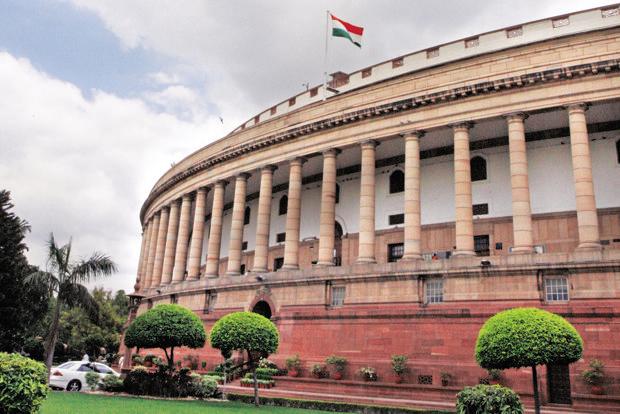Getting the Constitution (122nd Amendment) Bill, 2014, through the Rajya Sabha for the introduction of the Goods and Services Tax (GST) Bill was a big step for the NDA government. However, the journey does not end here.
Following the unanimous vote for the indirect tax, the bill will be sent back to the Lok Sabha for the ratification of the amendments moved by the Rajya Sabha. After this, a minimum of 15 states need to approve the bill in their respective state assemblies. We know from the over 5-hour long debate on Wednesday that Tamil Nadu is one state firmly against the GST; AIADMK MPs strongly opposed it. Other states MPs have expressed concern and apprehension as well.
Finally, the Presidential assent to the legislature will formally make it a reality. The government’s proposed deadline for the rollout of GST is April 1, 2017.
Apart from the legislative process, operationally a GST Council made up of representatives from the Centre and states will be set up within 60 days of the enactment of the Bill. It will recommend tax rates, including the range of rates for goods and services. It is expected that the rate will reduce for manufactured goods and increase for services.
Following the enactment of the Constitutional Amendment Bill, three more enabling bills will be tabled—one on Central GST (CGST), Integrated GST (IGST) and 29 separate State GST legislations (SGST). SGST will be introduced and passed in each individual state assembly, in line with the CGST.
GST Network (GSTN) is also a piece to the puzzle which will allow citizens to pay taxes and file returns online.
















